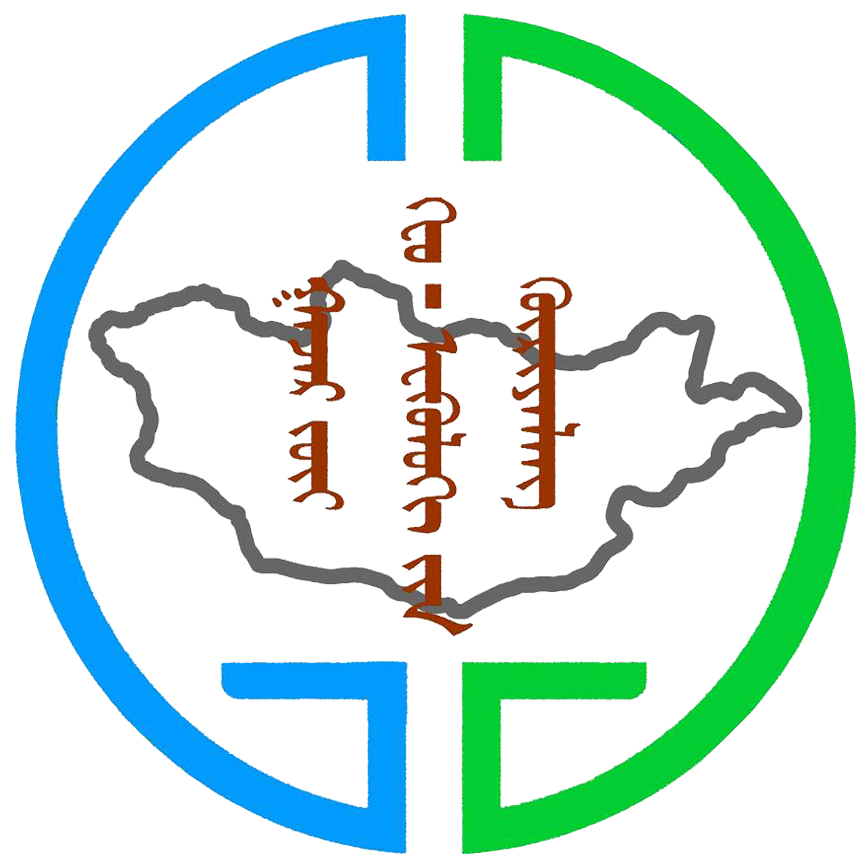Ugii Lake is a freshwater lake located in the steppe region of Mongolia and is an important breeding and staging area for a wide variety of waterfowl. Remote sensing and geographic information system techniques were used to estimate fluctuations in the surface area and water balance of Ugii Lake. To estimate the changes in lake water balance, lake water fluctuations should be analyzed using the most accurate methods. A different water extraction technique was applied, and the results were compared with field surveys conducted in May, July, and September 2020. The lake surface area using both NDWI and MNDWI-1 showed a strong, positive correlation (R=0.93, R=0.94, p < 0.01) with the water level of Ugii Lake. A topographic map of Ugii Lake was provided by the project (P2018-3568) conducted in August 2019 and used to estimate the volume of Ugii Lake in ArcGIS 10.1. This result was consistent with that of a previous study by JICA in 2005. Finally, the water balance of Ugii Lake was estimated, and the results proved that the influence of both surface and groundwater on Ugii Lake are valuable parameters, which are completely dependent on hydrological regime changes mostly due to local climate change in steppe regions. This study provides valuable insight into the most suitable water extraction methods for lakes in semi-arid steppe regions in Mongolia.
